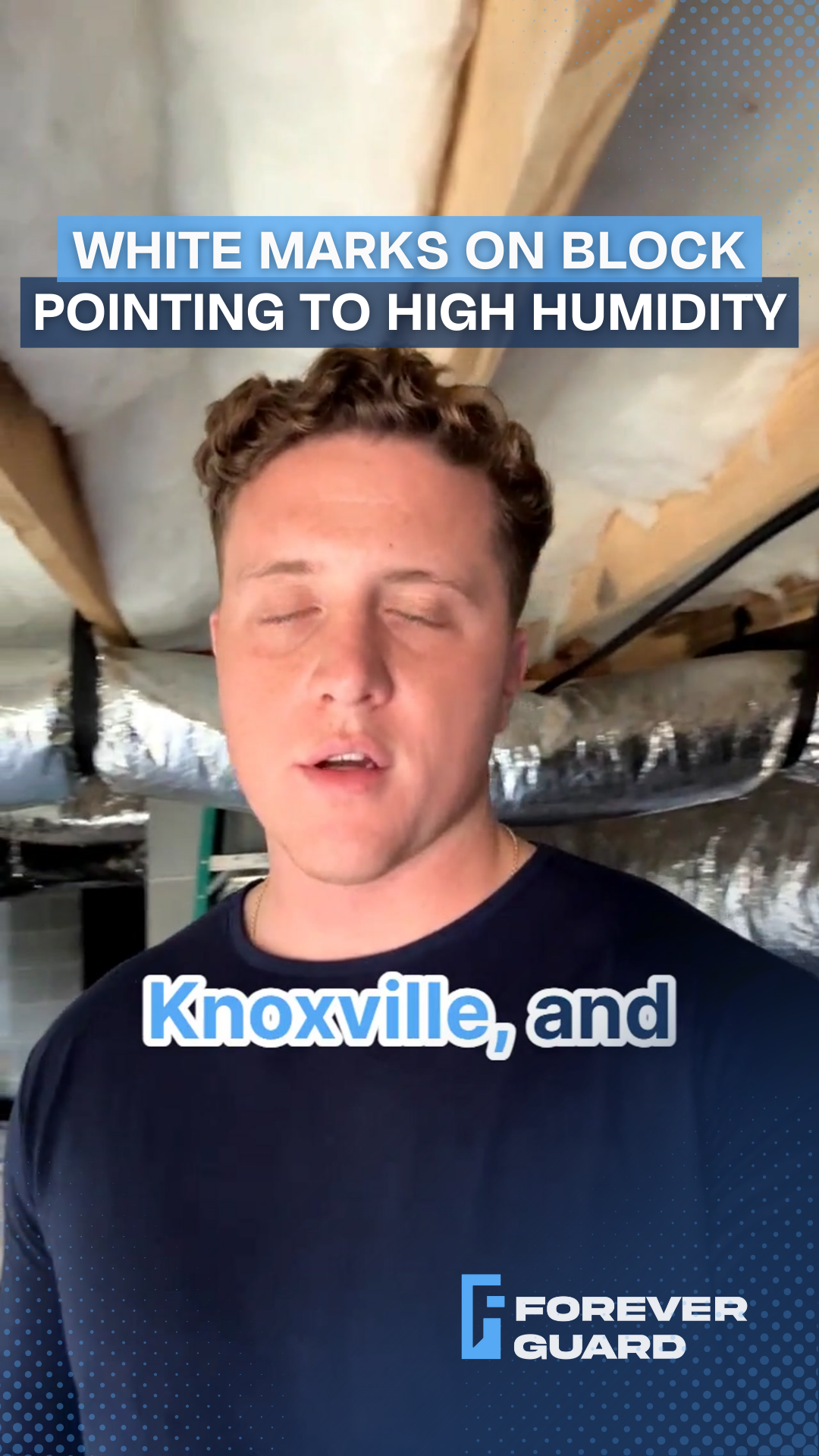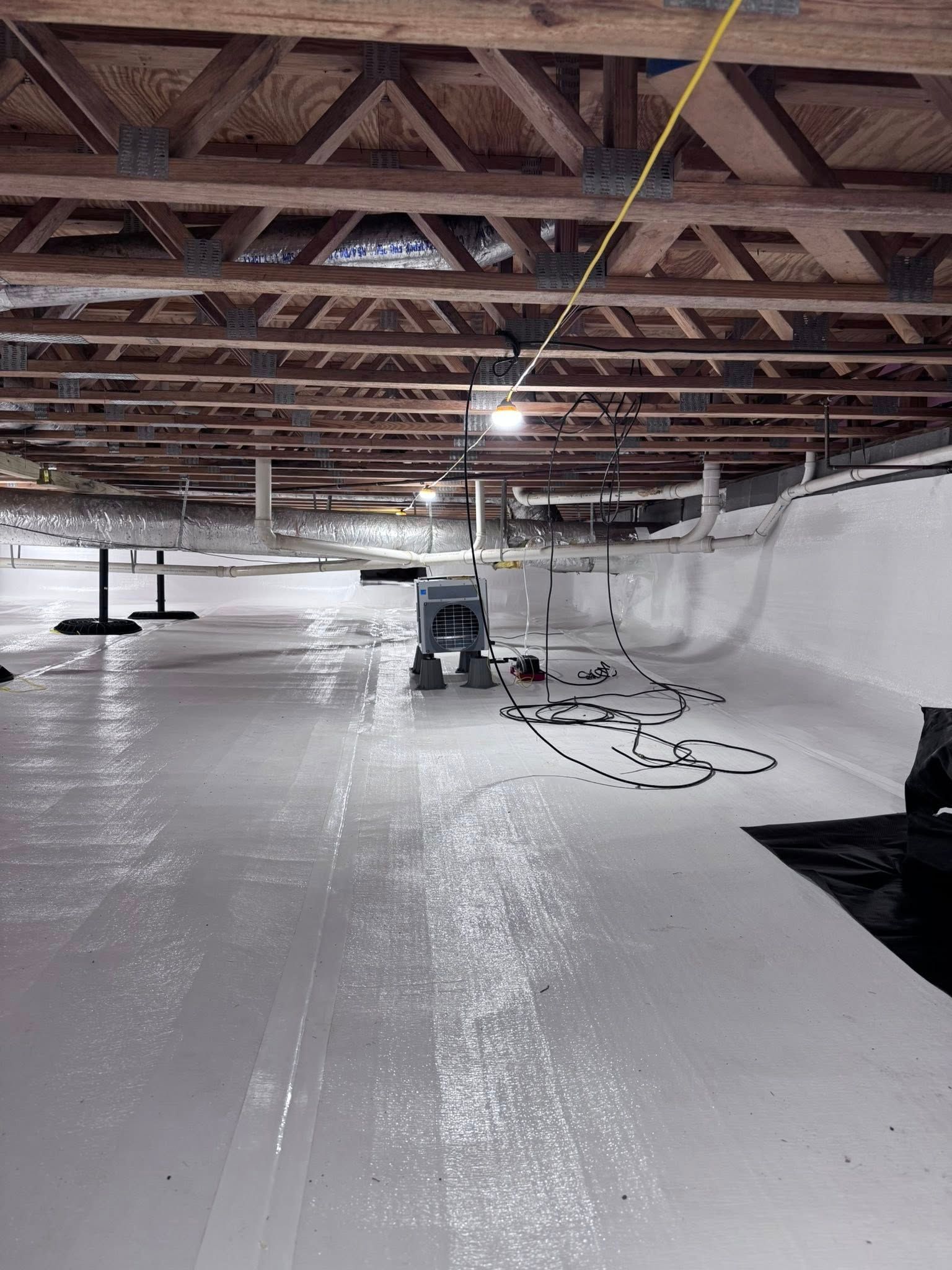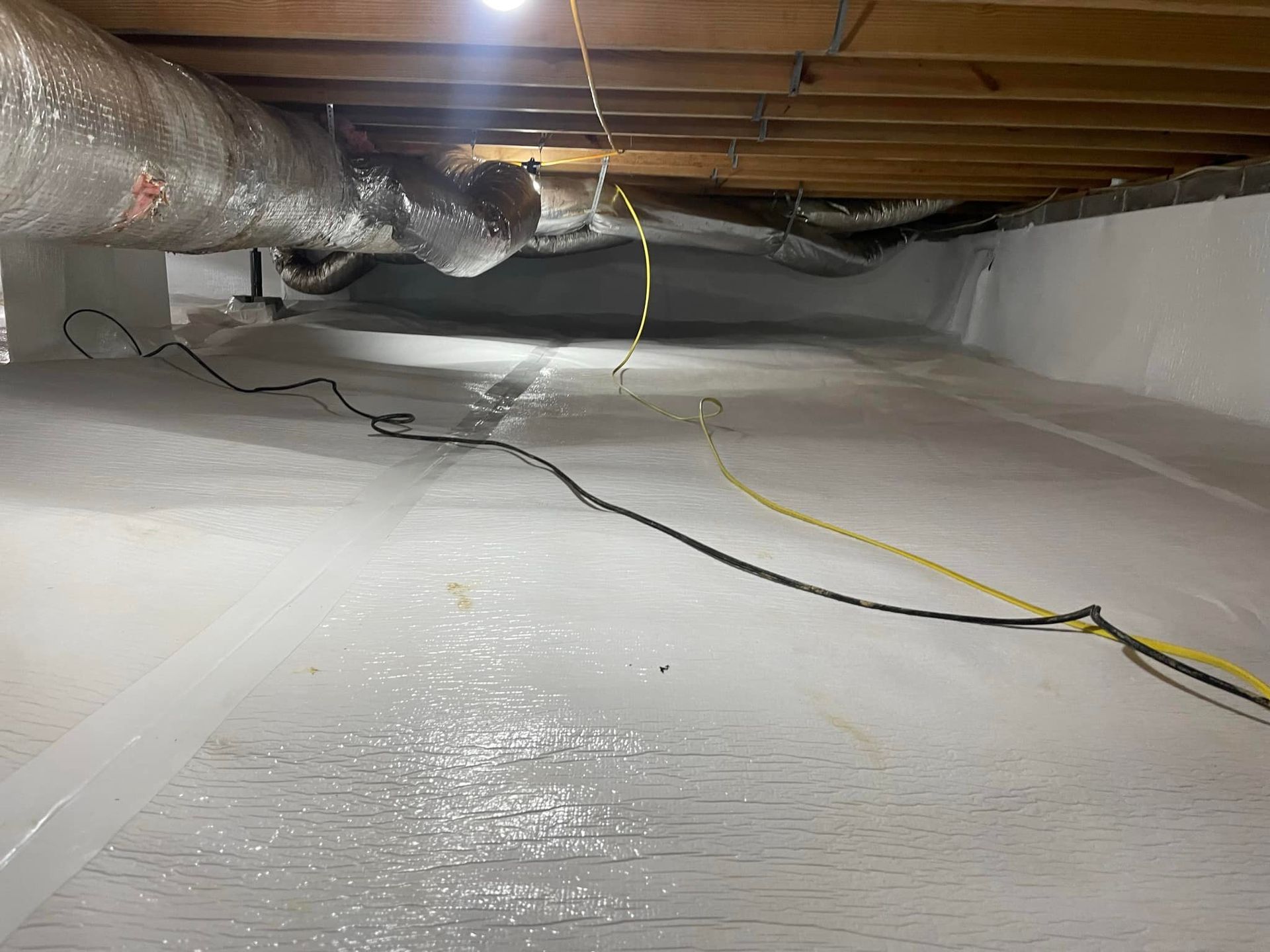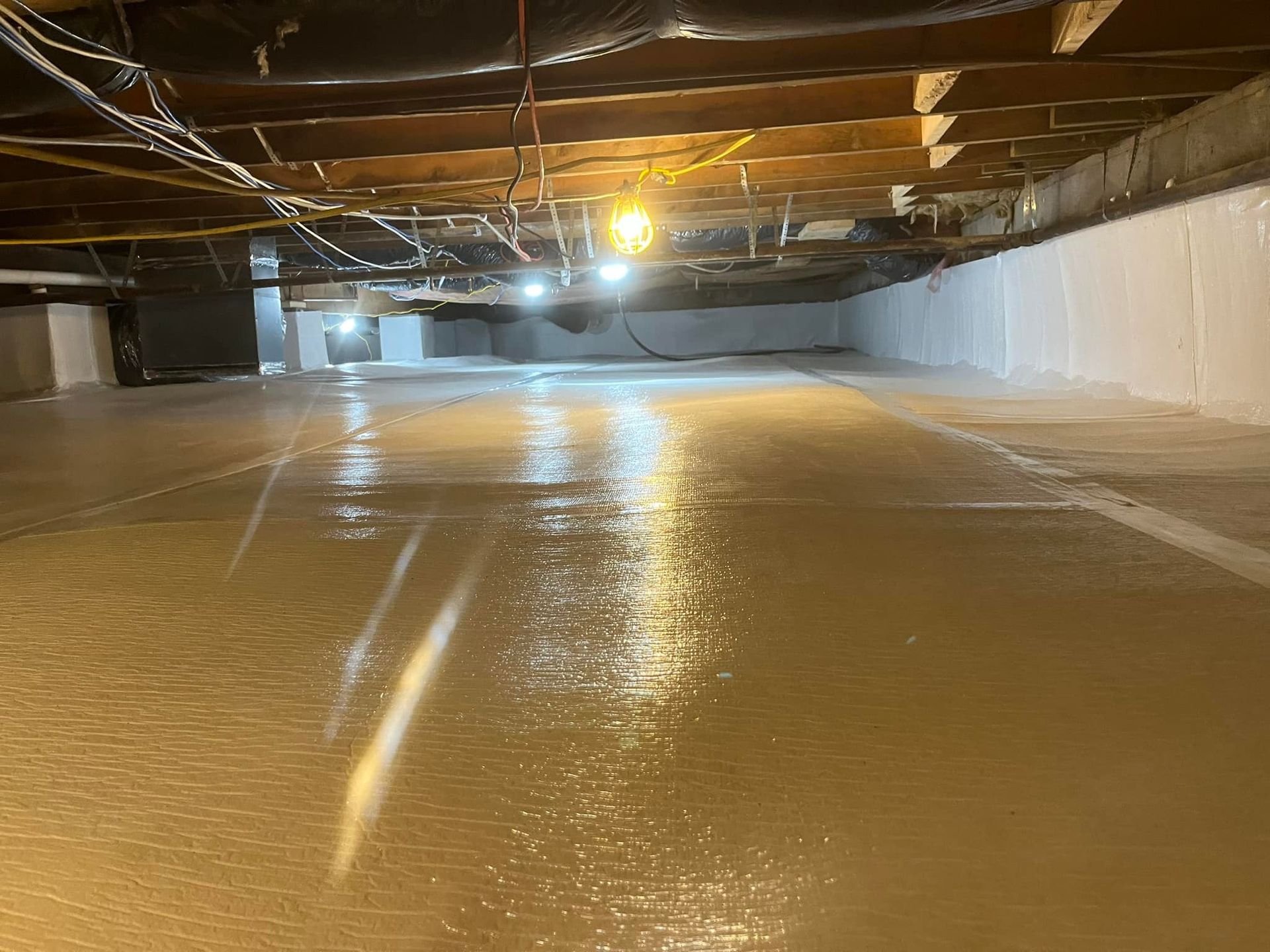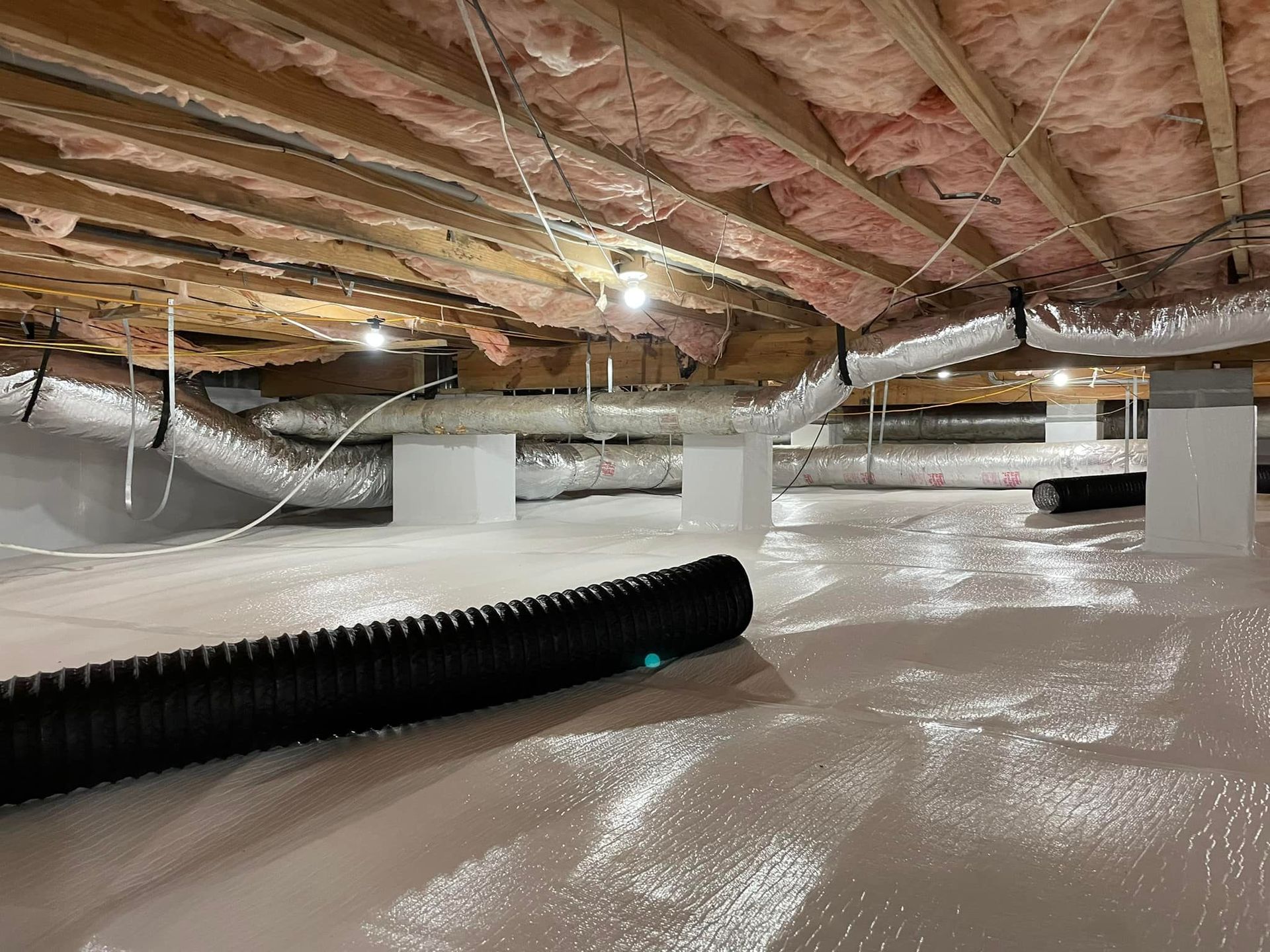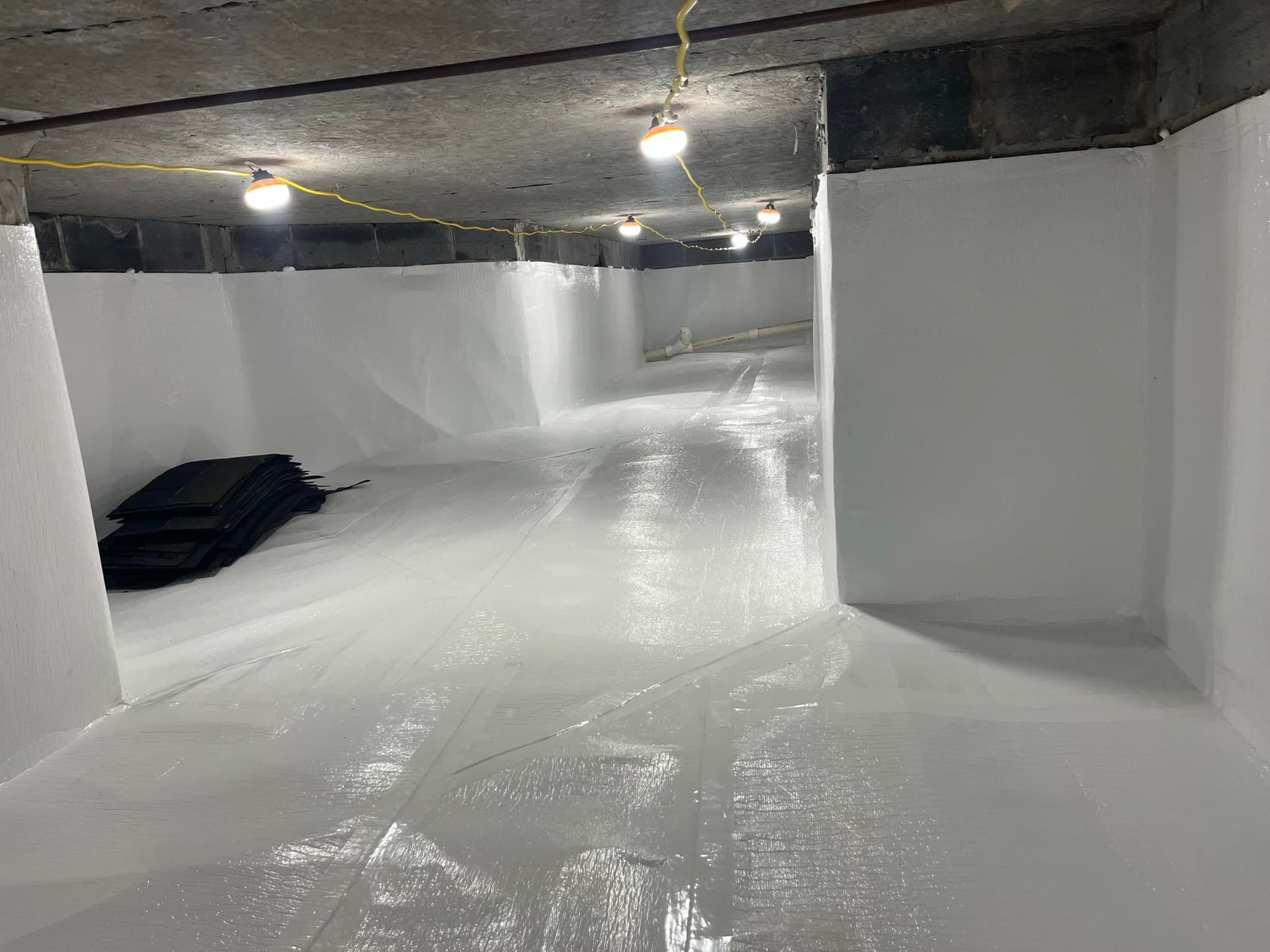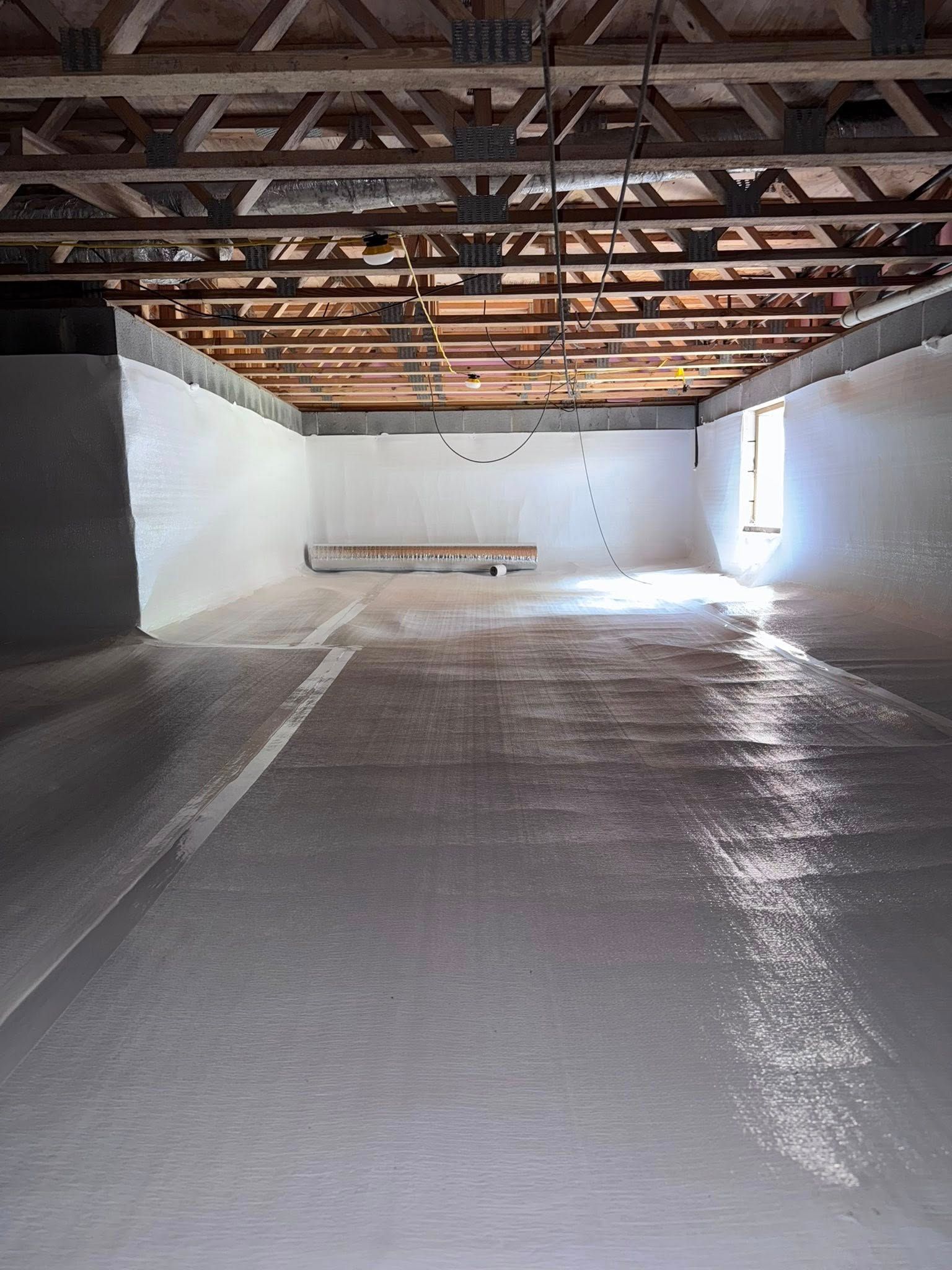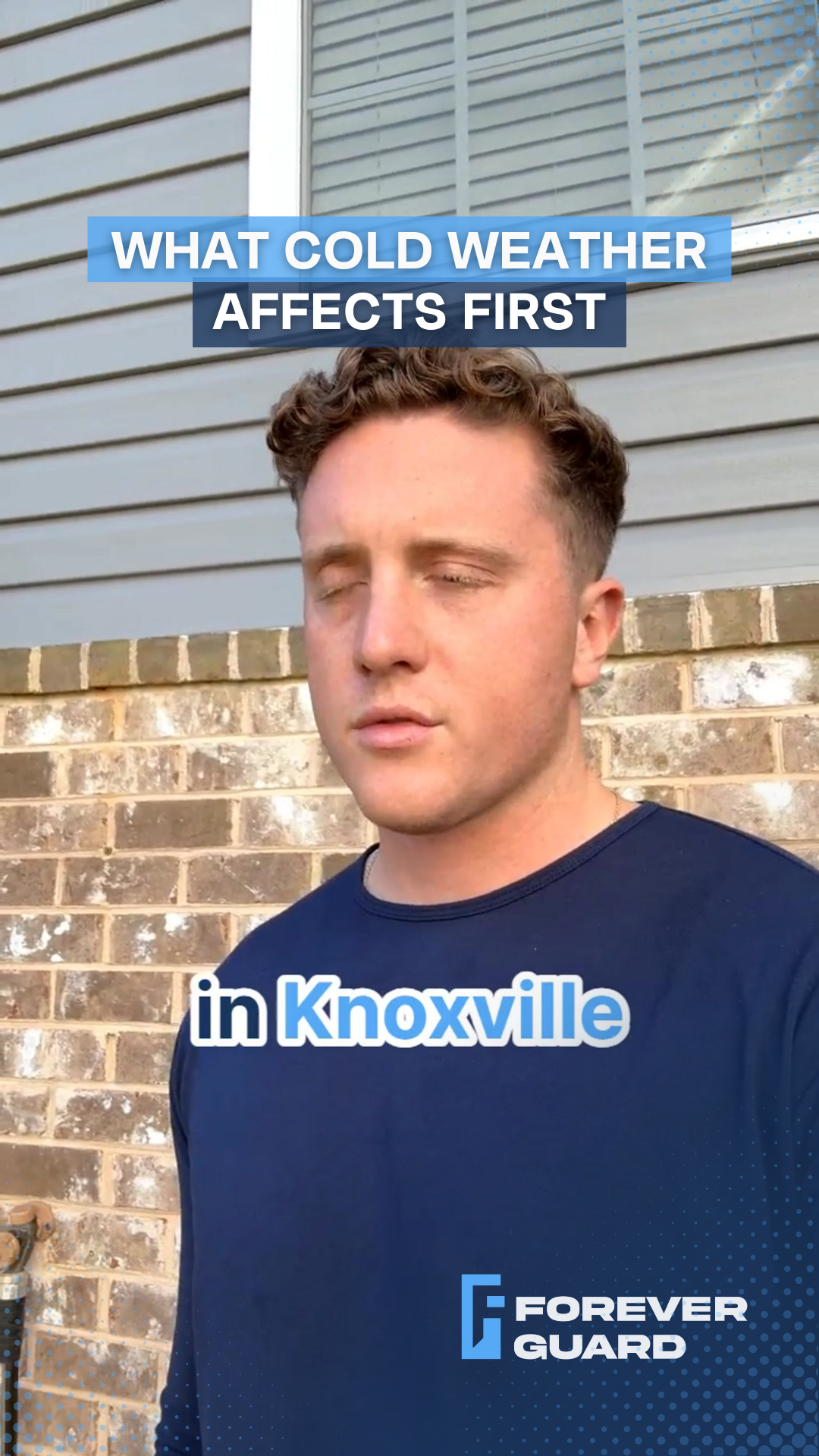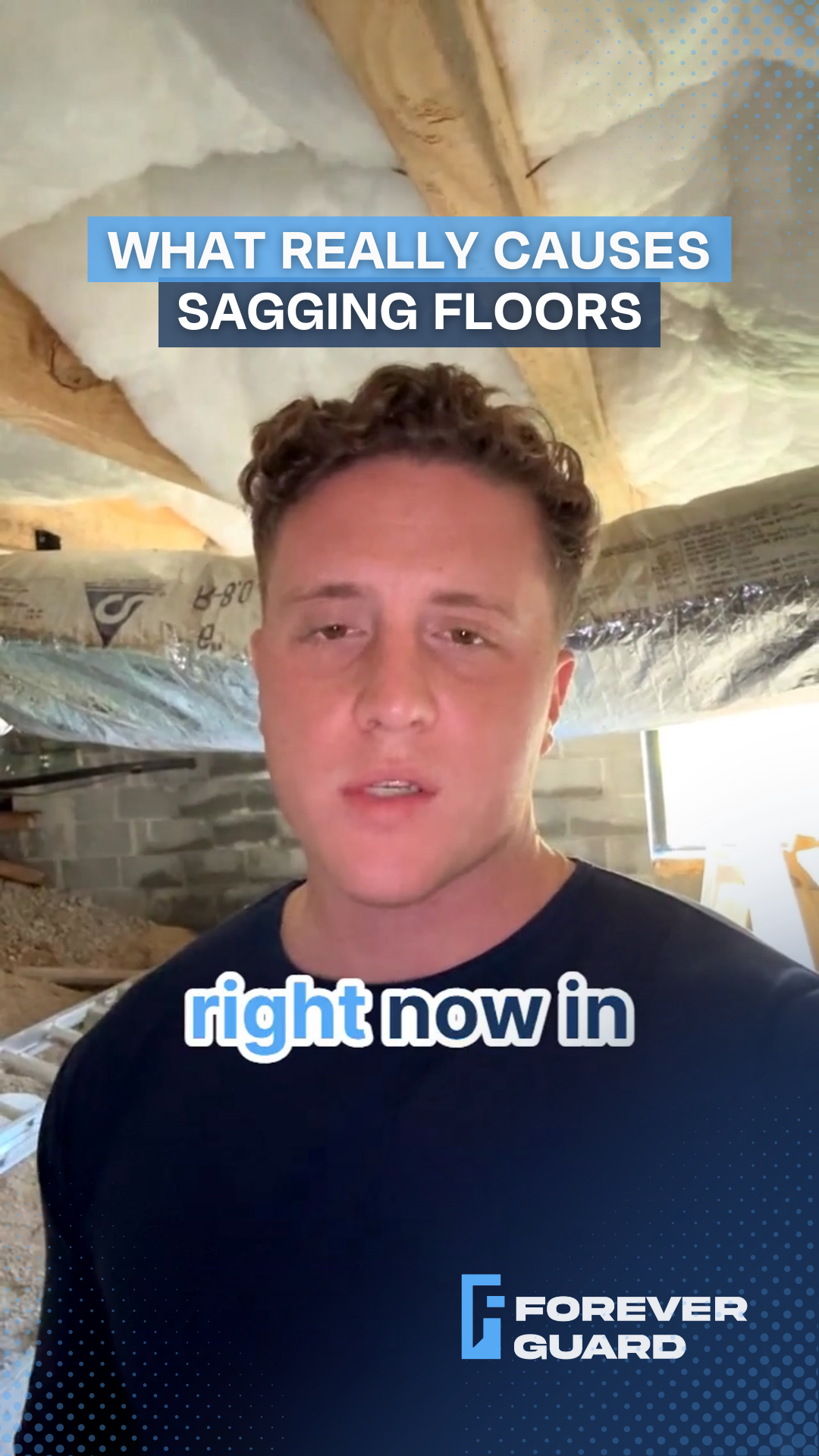Hidden Water Issues in New Homes: What Your Builder's Gravel Is Hiding
Don't Let Concealed Water Problems Damage Your Biggest Investment
A professional crawl space inspector reveals what new homeowners need to know about gravel backfill
During a recent inspection of a new home, I discovered something that every homeowner needs to know about.
The crawl space looked clean and proper at first glance - fresh gravel spread evenly across the ground.
But that neat appearance was hiding a serious problem.
Here's the truth: builders often use gravel backfill not to protect your foundation, but to conceal water issues.
It's a shortcut that can mask problems until they become major expenses.
And since your home is likely your biggest investment, you deserve to know what's really happening underneath.
Why Builders Choose Gravel (And It's Not What You Think)
Let me be direct - many builders use gravel for one simple reason: it's cheaper than proper waterproofing. Instead of installing adequate drainage systems or extending downspouts properly, they'll backfill with gravel to hide standing water issues.
Here's how it works:
- Water collects at low points in your crawl space
- Gravel conceals the standing water underneath
- You won't see the problem until water rises above the gravel
- By then, damage might already be happening to your foundation
During inspections, I often dig at these low points and find exactly what builders hoped to hide - standing water lurking beneath that clean layer of gravel. It's a problem that could have been prevented with proper waterproofing and drainage from the start.
The Tell-Tale Signs Most Homeowners Miss
Don't wait until water rises above the gravel to discover you have a problem. There are warning signs you can spot if you know where to look:
Low Points Matter
Every crawl space has areas where water naturally wants to collect. In new construction, pay special attention to these low spots. If the gravel looks different or feels more compressed in these areas, there's probably water underneath.
Above the Gravel
Watch for these signs that water is causing problems:
- Damp or rusty ductwork
- Musty smells in your home
- High humidity levels
- Insulation that's starting to sag
What Should Have Been Done Instead
Proper foundation protection isn't complicated, but it does require more than just spreading gravel. Here's what quality builders should do:
- Install proper exterior waterproofing before backfilling
- Extend downspouts well away from the foundation
- Create proper drainage slopes around the home
- Install foundation drains when needed
These steps cost more upfront, but they prevent expensive foundation problems down the road.
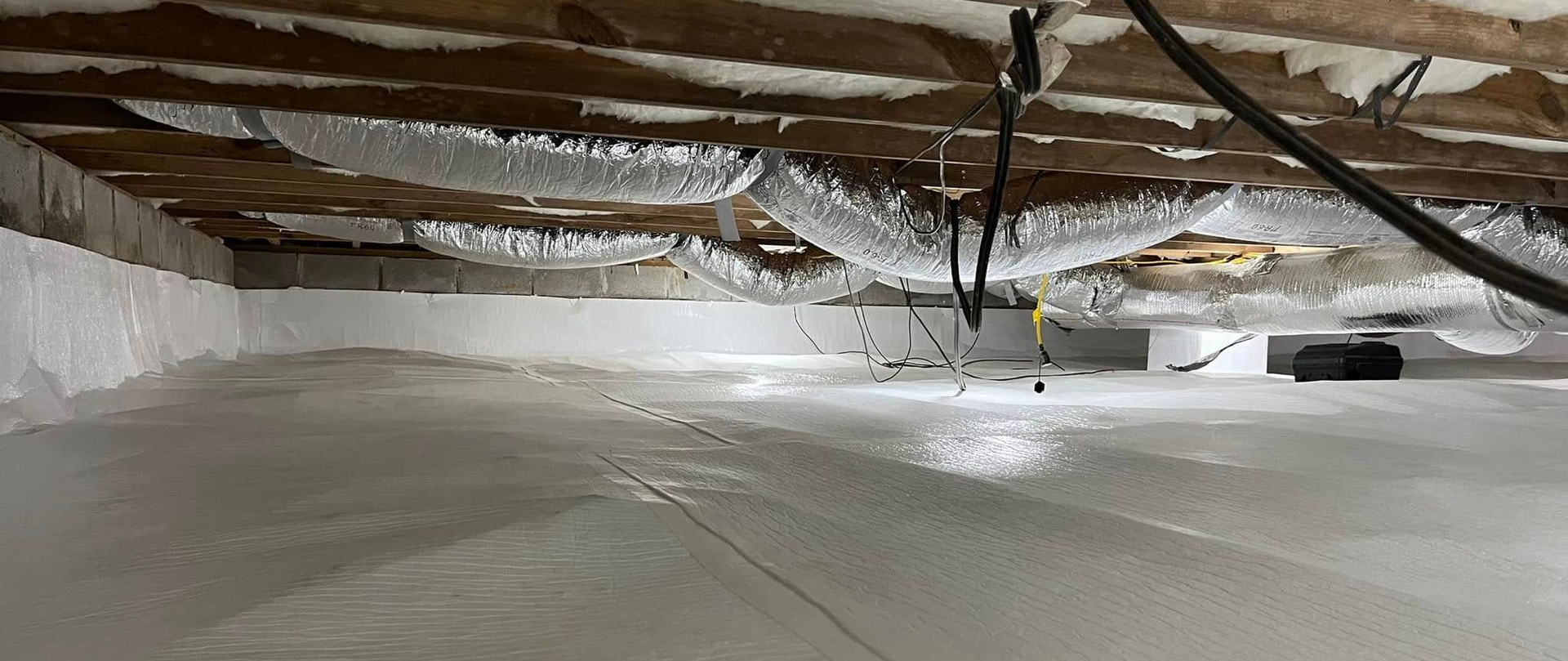
Protecting Your Investment
Your home's foundation isn't something you can just fix later if problems develop. Here's how to protect yourself:
Regular Checks
- Inspect your crawl space after heavy rains
- Look for changes in gravel elevation
- Watch for water marks on foundation walls
- Monitor humidity levels in your home
Professional Inspection
Having a professional check your crawl space can reveal issues before they become serious problems. We know exactly where to look and what signs indicate hidden water issues.
Take Action Now
Look, I understand. When you buy a new home, you expect everything to be done right. But I've seen too many homeowners face expensive foundation repairs because builders took shortcuts with water management.
Don't wait until you see obvious signs of water damage. Here's what you can do right now:
- Schedule a professional crawl space inspection
- Get documentation of any existing issues
- Address drainage problems early
- Protect your investment before repairs get expensive
Remember: water issues don't get better with time. They just get more expensive to fix.
